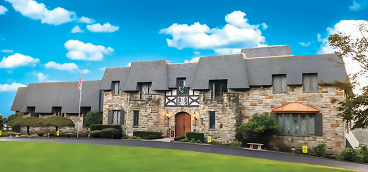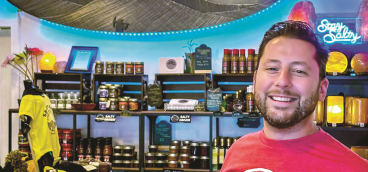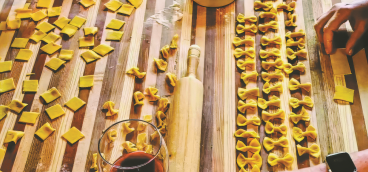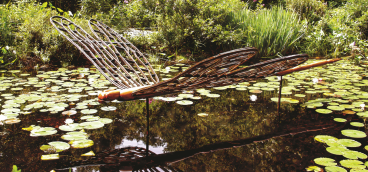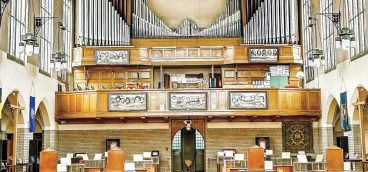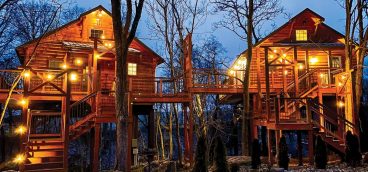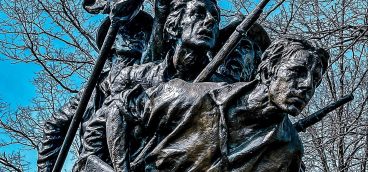North Side Museum Shows the Fascinating Evolution of Photography

“I have discovered photography. now i can kill myself. I have nothing else to learn.”
These dramatic words by artist Pablo Picasso convey the impact of photography. Imagine how that process, which captures unique moments in time, changed history.
The Photo Antiquities Museum of Photographic History, tucked into a tiny second-floor space on East Ohio Street on the North Side, focuses on 19th-century photography, one of just a few museums in the country with such an extensive collection. Museum Director Bruce Klein, who also owns the nearby Bernie’s Photo Center (one of the region’s few remaining camera stores), has amassed an impressive collection of photographs, cameras, accessories and memorabilia, mainly from 1839 to 1939, but with some contemporary items, as well.
Visitors learn the history of photography, see vintage photographs and photography equipment, understand photography’s historical and social significance, and see rare photographs of Pittsburgh. There are copies (original and enhanced) of what is considered to be the first surviving camera photograph, “View from the Window at Le Gras,” made using a camera obscura with an approximate 10-hour exposure by Joseph Nicéphore Niépce around 1826. Then, as photography evolved and processing techniques improved from copper to silver to mercury, Niépce worked with Louis Daguerre, and they, along with others, advanced the medium dramatically. Exposure times for photographs went from hours to minutes to seconds.
In 1839, “Daguerreotypes” were the first processes available to the public. By 1854, ambrotypes, a less expensive process, largely replaced Daguerreotypes. In 1856, tintypes, the only major photographic process invented in the United States, was developed at Kenyon College in Ohio. They were inexpensive, durable and relatively quick and easy to make. They were frequently used for portraits, especially during the Civil War. (The only known photograph of Billy the Kid is a tintype.)
Once photographs could be printed and there could be multiple, more affordable copies of a photo, the world of photography expanded immensely. The museum displays fascinating examples of how photography was used. There are carte de visite (visiting cards, or CdV), a sort of early social media in which people would give others cards with their photo on it, often signing them.
These were replaced by cabinet cards, slightly larger cards bearing the images of royalty, politicians, actors and actresses, various occupations, beloved pets, Civil War soldiers and officers, mug shots (with details about the crimes committed on the back), photos of famous artwork and historic figures in literature and the arts. Sometimes, these cards, which were popular between 1860-1900, were hand-colored.
There are also examples of lantern slides from the 1860s to 1890s. While quite small, they were projected on walls to a staggering 10-by-20 feet. Because of the distortion that would occur with such enlargement, the slides were hand-colored using a brush with a single hair!
The 1920s and ’30s saw an influx of French erotica postcards — hardly racy by today’s standards. There are examples of delicate stereo tissue — photos printed on tissue, hand-colored from the back and perforated so that they could be lit from behind. Visitors learn how photography brought the world into people’s homes. Prior to photos, most people had only seen illustrations of things such as elephants, the pyramids, or Queen Victoria. There is a section of post-mortem pictures in which the deceased were often posed to look like they were sleeping, or sometimes, with their eyes open.
There are several devices built for viewing photos in 3D. These beautiful, wooden cabinets from the mid-to-late 1800s have viewfinders that use natural light and provide crisp, dimensional images.
Of particular interest to Pittsburghers are a series of photographs from Pittsburgh’s sesquicentennial in 1908. Downtown streets were packed with crowds of people; steamboats and Native Americans in canoes were in the rivers; huge columns were built along the main streets; massive archways were constructed across roads; and the Smithfield Street Bridge and Pittsburgh & Lake Erie Railroad Building were illuminated with little white lights, a novel sight for many. There are also photos of Pittsburgh’s Shantytown, a homeless encampment in what is now the Strip District during the early 1930s, when the Great Depression raged.
In addition to the hundreds of thousands of photographs, many of which are on display, there are loads of cameras from very early models to more mass-produced versions — tiny spy cameras, one of the first submersible cameras, Polaroids, kids’ cameras, and pretty much everything in between. There are over 550 movie cameras. There are wonderful examples of marketing and how Kodak initially targeted its advertising toward women only. There is an example of an early photography studio, which had a skylight to take advantage of natural light.
Photo Antiquities is small, but has layer upon layer of unusual items for visitors to explore. Whether it is the history of photography, how photos are made, the actual photographs and the history they depict, the camera equipment or a combination of it all, there is something for everyone.
Tours are approximately one hour, by appointment only, and are generally on Saturdays. www.photoantiquities.org, 412.231.7881.

